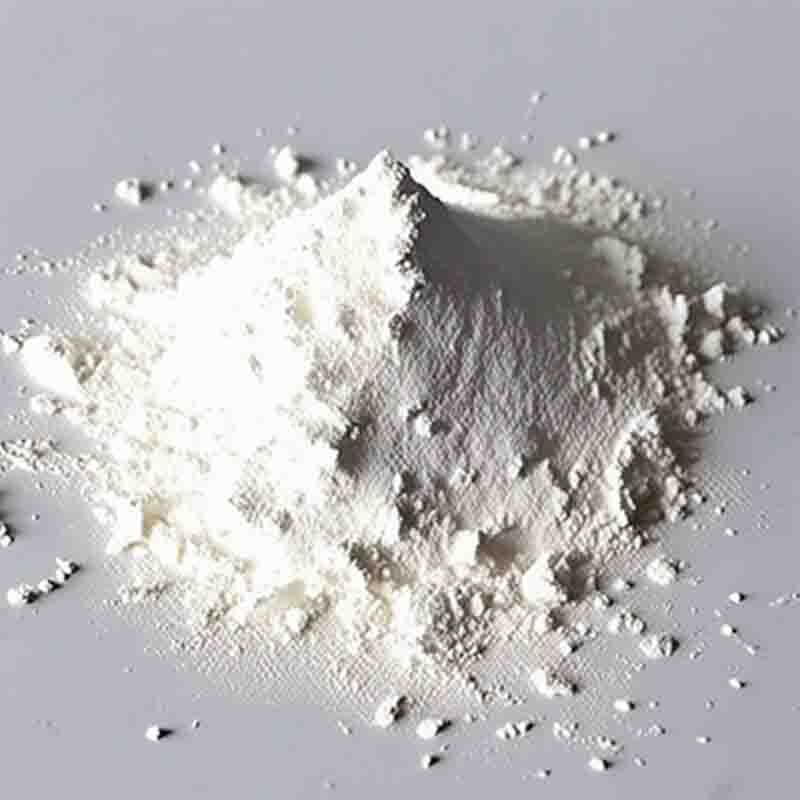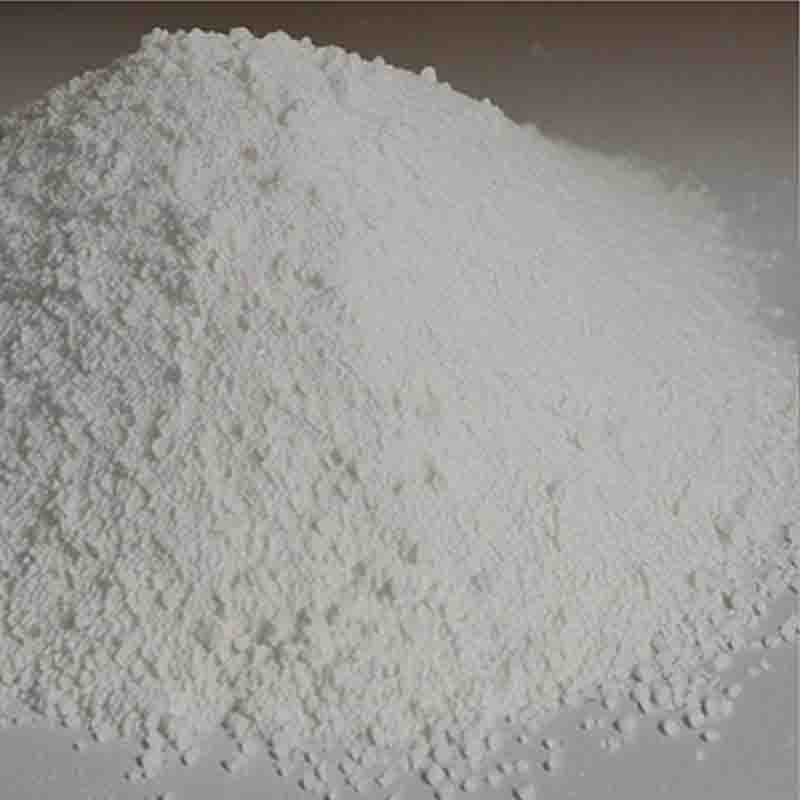1,3-Bis(trifluoromethyl)-benzene CAS:402-31-3
| Catalog Number | XD96193 |
| Product Name | 1,3-Bis(trifluoromethyl)-benzene |
| CAS | 402-31-3 |
| Molecular Formula | C8H4F6 |
| Molecular Weight | 214.11 |
| Storage Details | Ambient |
Product Specification
| Appearance | White powder |
| Assay | 99% min |
1,3-Bis(trifluoromethyl)-benzene, also known as 1,3-bis(trifluoromethyl)benzene or simply BTB, is an organic compound consisting of a benzene ring with two trifluoromethyl groups attached at positions 1 and 3. This unique molecular structure gives rise to several interesting effects and potential applications.One notable effect of 1,3-Bis(trifluoromethyl)-benzene is its high electronegativity. The trifluoromethyl groups attached to the benzene ring are highly electron-withdrawing, which can cause significant changes in reactivity and chemical behavior. This compound is often used as a powerful strong electron-withdrawing group in organic synthesis. By incorporating 1,3-Bis(trifluoromethyl)-benzene into different molecules, chemists can modify the electronic properties, stability, and reactivity of organic compounds.Another effect of 1,3-Bis(trifluoromethyl)-benzene is its thermal stability. The presence of trifluoromethyl groups provides a high degree of chemical and thermal resistance. This property makes the compound useful in high-temperature applications, such as in the production of heat-resistant materials, polymers, and coatings.The trifluoromethyl groups also contribute to the lipophilicity and hydrophobicity of 1,3-Bis(trifluoromethyl)-benzene. This compound has low solubility in polar solvents and high solubility in nonpolar organic solvents. These properties make it attractive for use in extraction processes and can be relevant in various applications, such as in the separation of compounds or in the creation of hydrophobic and oleophobic coatings.Furthermore, 1,3-Bis(trifluoromethyl)-benzene can act as a block copolymer template due to its unique shape and chemical characteristics. Polymerization reactions with 1,3-Bis(trifluoromethyl)-benzene can produce polymers with well-defined nanostructures and controlled morphologies. This effect has implications in materials science and can be utilized in the development of nano-sized devices, sensors, and other advanced materials.In summary, 1,3-Bis(trifluoromethyl)-benzene exhibits several effects and potential applications due to its molecular structure. Its strong electron-withdrawing capability, thermal stability, lipophilicity, and ability to act as a block copolymer template make it valuable in organic synthesis, materials science, and other related fields. Understanding and harnessing these effects allow scientists and engineers to design and create new compounds, materials, and technologies with desired properties and performance characteristics.


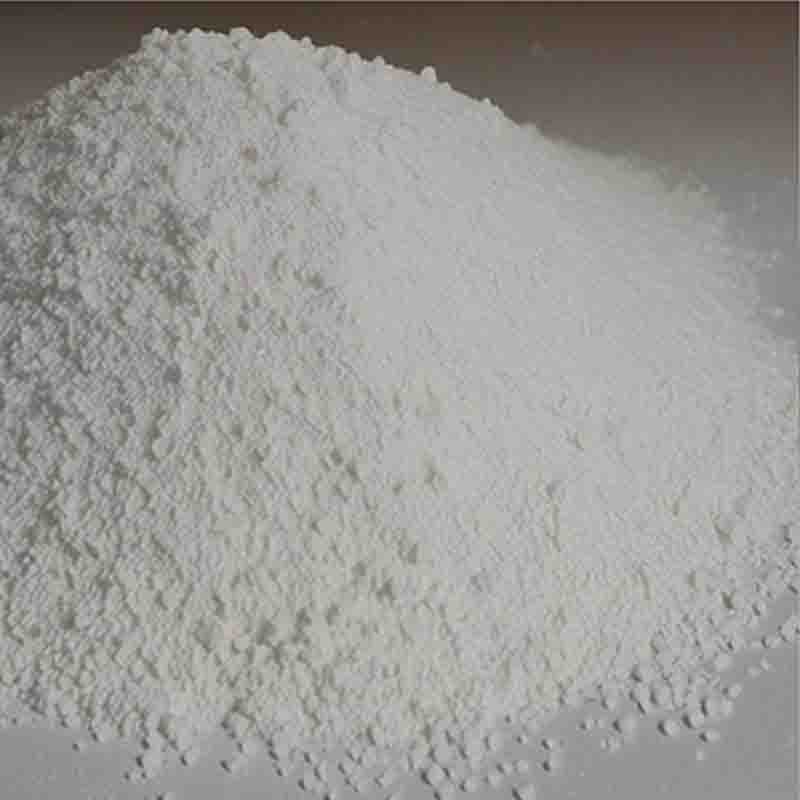

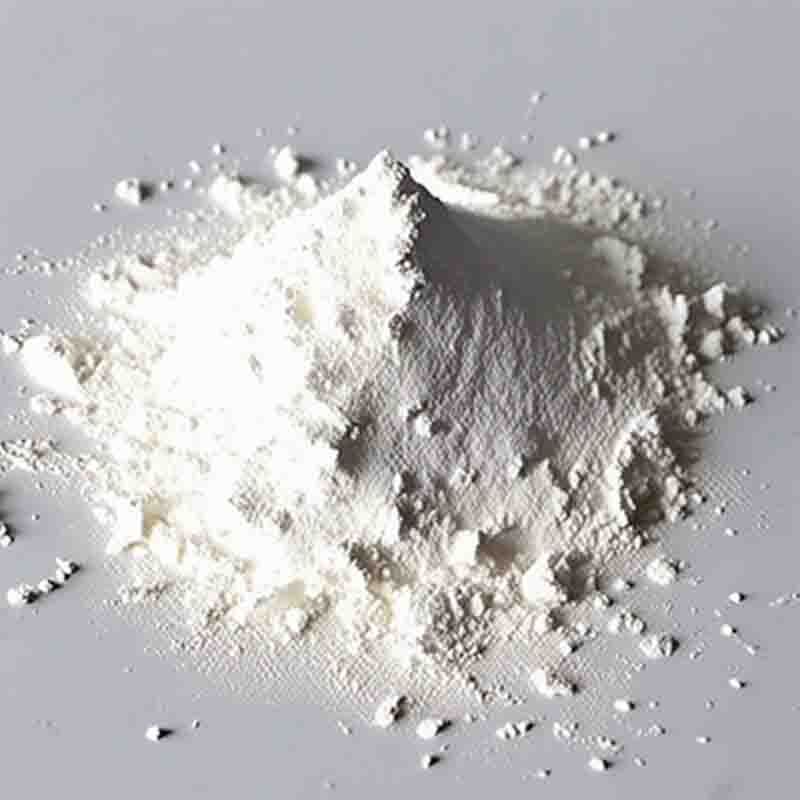
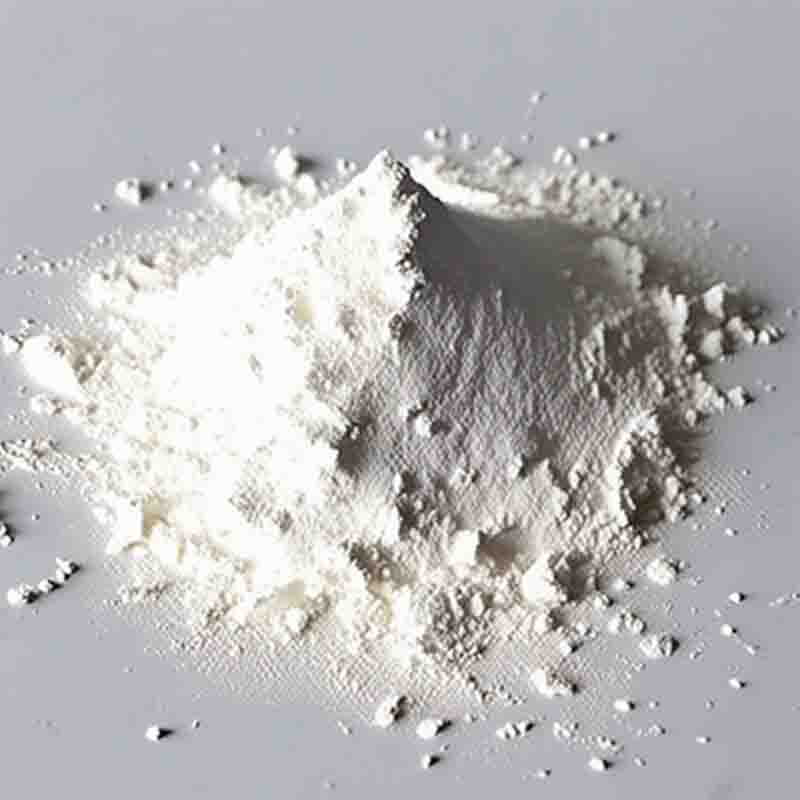
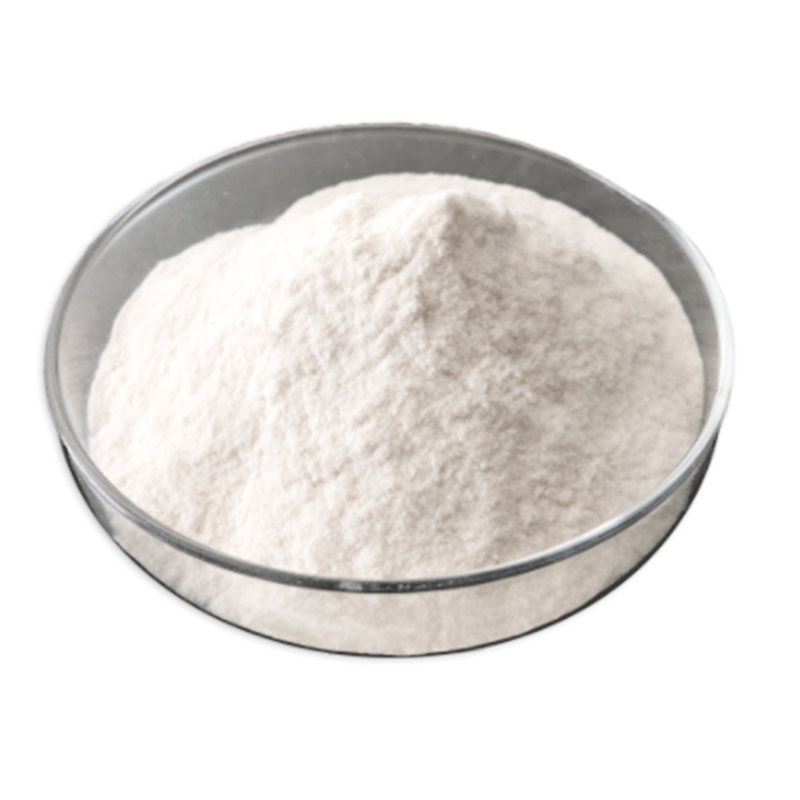
![2-[(2R)-2-hydroxy-3-{[4-(3-oxomorpholin-4-yl)phenyl]amino}propyl]-1H-isoindole-1,3(2H)-dione CAS: 446292-07-5](https://cdn.globalso.com/xdbiochems/白色粉末1043.jpg)
